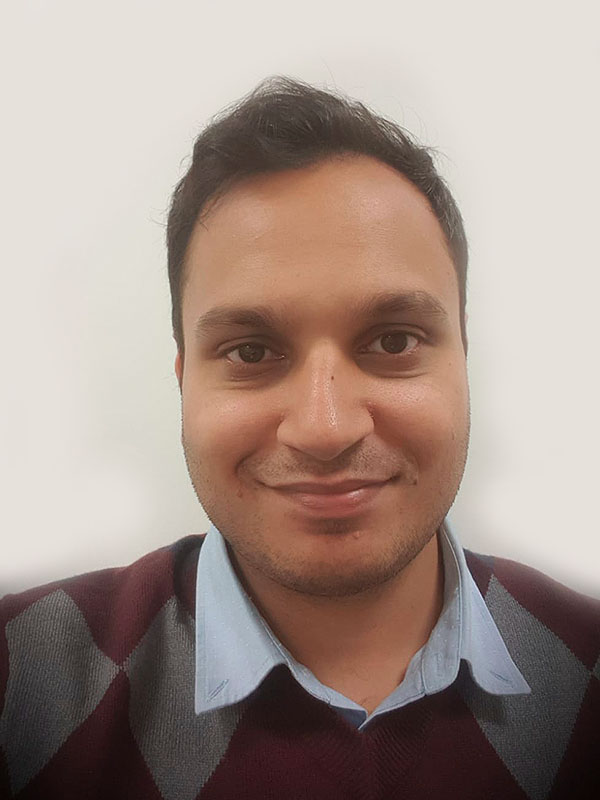Report and Image Quality Control
At the beginning of my fellowship...
Medical imaging plays a key role in disease diagnosis and management. Medical imaging plays a key role in the diagnosis and management of many illnesses, such as infection, trauma and cancer. Apart from the initial identification, imaging determines the disease severity, guides tissue biopsy procedures and also plays an integral role in planning treatments such as surgery. Post-treatment, imaging is used to evaluate treatment success, detect treatment complications and for surveillance of disease recurrence.
In England, 57% of patients attending A&E undergo an imaging investigation and on average each patient admitted to hospital undergoes 5 scans during their stay. As the use of imaging has expanded, there has been a sustained 10% annual increase in the volume of imaging being performed in England, and in the light of the NHS Long Term Plan, which focuses on the earlier diagnosis cancer, this demand is set to further increase.
The current image interpretation workforce, which is predominantly radiologists, has struggled to match this demand with only 2% of radiology departments being able to fulfil their reporting requirements within contracted hours. There is a chronic shortage of radiologists in the UK, who report over 65% of all medical imaging. The Royal College of Radiologists workforce census estimated that there is a need for an extra 1000 radiologists in the UK and the number needed is set to double in the next 5 years. 60% of Radiology consultant posts being advertised at the moment are unfilled for over 12 months. As a result, there has been a sharp increase in spending on overtime and outsourcing to private companies from £58million in 2014 to £165milion in 2018. Despite this, over 136,000 patients are waiting for more than 31 days for their scan reports which is a 20% increase compared to 2016.
During my fellowship...
During my fellowship, I led the development of www.raiqc.com which is a cloud-based clinical simulation platform. It is accessible through a web browser and combines a zero footprint DICOM viewer with a reporting simulator to deliver teaching, training and assessment materials for reporters which mimick their clinical workflow.
The software has a modular format that allows cases to be grouped according to subject and difficulty including a variety of image manipulation tools to optimise the scans. Consequently, modules can be individually tailored for different professional groups, training grades and sub-specialities including junior doctors, registrars and consultants as well as nurses and radiographers.
RAIQC will support a number of initiatives and priorities within the NHS. Some examples of this include:
- improving the quality of education and training across the workforce, by providing an easily accessible high quality learning environment, that enables learning and self-assessment in an unthreatening environment
- supporting the cancer workforce plan by upskilling of reporting radiographers to expand diagnostics capacity and facilitate workforce transformation
- enabling Supported Return to Training for radiologists by providing a clinical simulation environment
- providing a tool to quantitatively assess competence and progression of trainees
- supporting the NHS Digital Plan with its aim to harness digital technology to improve healthcare
- allowing hospital trusts to meet Care Quality Commission guidelines for auditing the quality of radiology reporting
- supporting NHS improvement drive to reduce never events by providing competency-based training and assessment for nasogastric tube position verification.
Lessons learned:
- Secured >£200,000 in grant funding for further development of the platform
- Learned about intellectual property protection
- Learned about commercialisation of technology from the NHS
- Learned about different funding options such as grants, investments and loans.

